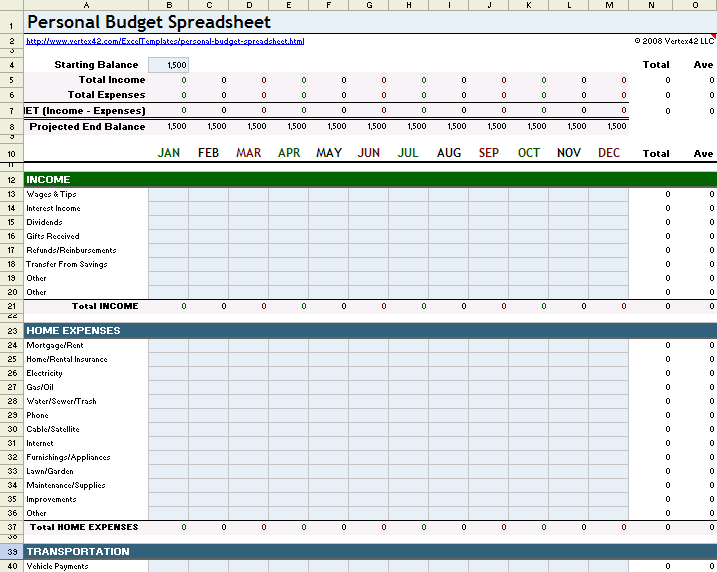Background
Back To Top
Credit scores are based on the information in your credit records. The majority of credit scores are between 399 and 862. Higher scores are better, because they increase your chances of getting the loans you want. Keep in mind that when lenders evaluate a credit application, credit scores are not the only factor they use in making their decision. They usually ask for additional information (such as income and monthly payments) to determine your ability to repay the loan.
Factors
Here are the top factors that make your score higher:
Total high credit for national card accounts.
The total high credit or limit on accounts and the balance outstanding is grouped by industries to determine your present and potential usage of credit in that industry, and the diversity of your present and potential credit experience. Generally, the more diversity in industries and types of accounts, the higher the score.
Total monthly payments.
Lenders evaluate the total monthly payments required to meet your obligations to lenders and compare this to the amount of credit available as well as your previous payment history. Generally, the lower the total monthly payments, the higher the score.
Number of sales finance accounts.
Having credit available to you is usually a positive sign, providing you pay your bills on time, however lenders also consider the diversity of your experience in the types of credit and lenders you have dealt with in the past. Generally, positive experience with one lender in a given industry or type of credit will indicate good probability of positive future experience with a similar type of credit. The risk a lender takes on an account depends in part on whether the account is installment, revolving, or open payment. For an installment account, money is advanced up front, presenting a larger initial risk for a lender, whereas on a revolving account, the amount typically builds over time as you are establishing your credit. Open accounts require payment of the full outstanding amount every period, therefore the risk is on a month-to-month basis. Another indicator of risk is the type of lender you have had experience with in the past. For example, previous experience with bank loans "paid as agreed" are a good indicator of your ability to pay future bank loans as agreed and will result in a higher score.
Number of revolving accounts with high utilization.
Lenders can tell how you are managing credit by the amount you have available to you, compared to how much you are using at any given time. When you are applying for new credit, the lender evaluates the number of revolving accounts (where a minimum monthly payment is made) compared to the total available credit on those cards to see if you are reaching the maximum credit available to you. If so, that is a warning sign that you are not able to carry the debt, are incurring high interest charges, and may be taking on additional credit that will cause further difficulties down the road.

















